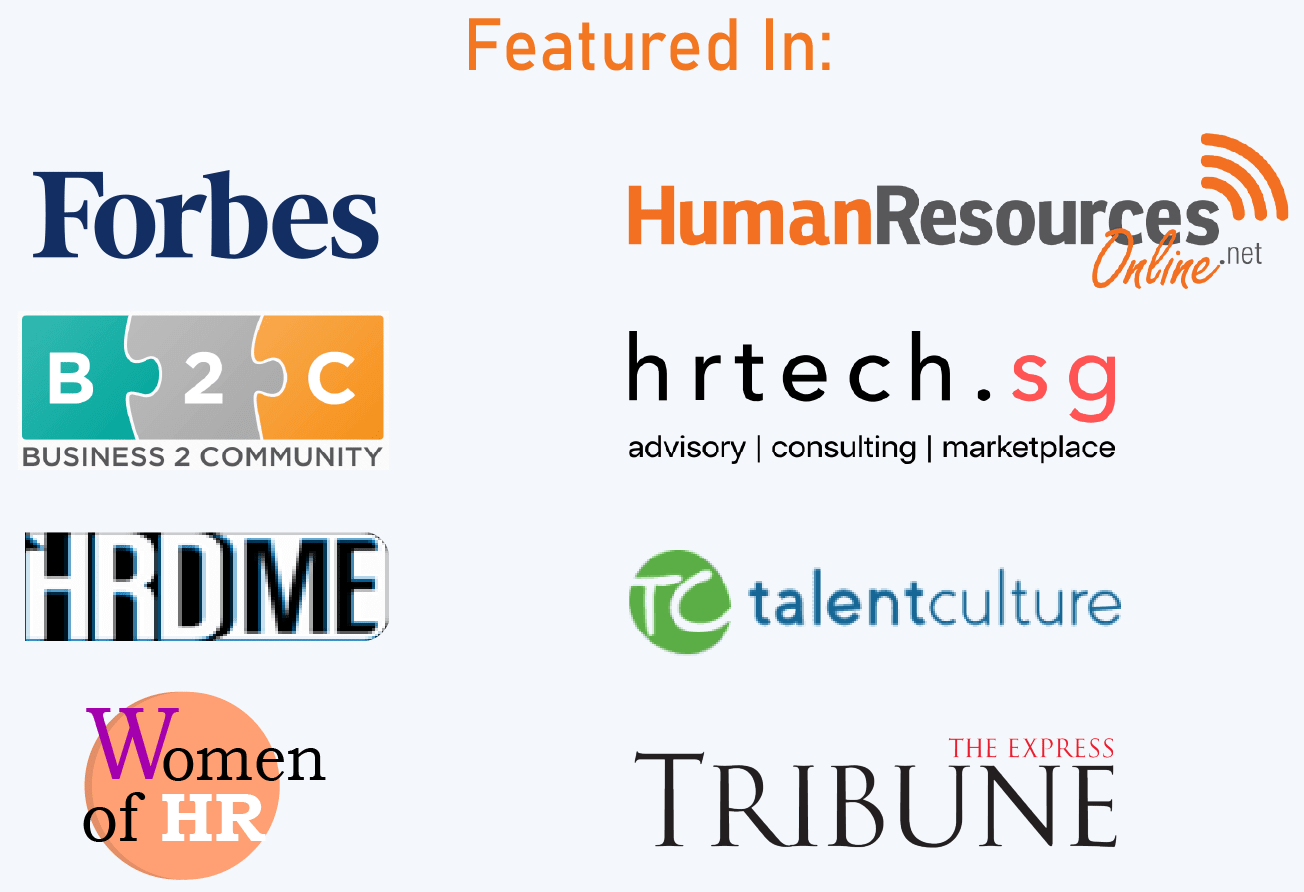Multinationals that have a presence in Asia know the importance of finding Asian talent for their organization. However, many of them often struggle to find leadership talent because they often try to find people who closely resemble their own home cultures, values and perceptions. And as the Asian talent pool continues to grow, so does its complexity. To find seemingly hidden talent in Asia, recruiters must approach the region keeping its unique traits and characteristics in mind.
1. Understand the Different Types of Asian Talent
Asian talent can be bifurcated into three distinct types:
– Hardcore Asians: This group in the workforce has experience and education from Asia, usually within their home country. Often the most overlooked by MNCs because they are viewed to lack diversity they often come with a great deal of localized, relevant experience and values which are crucial to the leadership of any foreign company. Because they have not accumulated foreign experience they’re usually open to being relocated as well.
– Westernized Asians: Sometimes referred to as Returnee Talent, this group of individuals has an education and/or experience gained from the west. They usually are more expensive than Hardcore Asians, however they have a good balance of local culture and language knowledge along with exposure to the western education/business world.
– Western Expats: There are two types of Western Expats: those who’ve spent years working in Asia and those who have recently come to the region. The former is understandably better received by locals because of their deeper understanding of the culture. However this doesn’t mean that the latter will not succeed. Both categories of expats are valuable in the global network and experience they possess.
2. Overcome any Western Bias
Many CEOs in multinationals with an Asian presence would lean towards hiring Western Expats or Westernized Asians because they’re considered to be the most versatile. However, recruiting from the Hardcore Asian subset may yield surprising benefits because they would be more likely to gel with the organization’s vibe and with local stake holders.
Western executives dominate top roles in Asia because they are still considered the most versatile, followed by executives from Hong Kong and China. A classic example of Asian talent taking a company forward would be that of Kazuo Hirai, CEO of Sony who implemented the “One-Sony” company initiative to recover financial loses and change a bureaucratic structure. All of which was possible because of his understanding of the culture and language.
3. Remember Female Asian Talent
Female Asian talent accounts for a gap of USD 89 billion in the Asia Pacific economy according to a report published by UN Women. The challenge with Asian women entering leadership roles especially in multinational lies in the primary bias about them: that the Asian culture expects them to put their family first which will cause the business to suffer. There are many Asian women breaking these barriers and those hired in leadership roles are very likely to excel further than their male counterparts due to the extra effort they often put in.
Just like a writer must know the audience, a recruiter has to have a deep understanding of the human capital available to them, else they risk missing out on the hidden talent in the region. Does your company have any unique way to find local talent for your business?
Photo Credit: chrisjongkind




I know you worked with the NIB and Picic merger. I am curious to know how did you experience the two leaders with a very visible eastern and western cultural background? And what is the outcome or the impact of this aspect in the growth of the organization after merger?
Thanks for asking the question Farah. Don’t think that particular case is a good example of highlighting the difference as the merger was at the end very NIB dominated and the CEO of PiCIC relatively quickly left the arena.
However in general my experience is that leaders with a more Asian outlook are highly practical and more concerned about the details and consequences where as Western focused leaders are more conceptual (see also my blog on In China it is all about the details).
Thank you, Paul